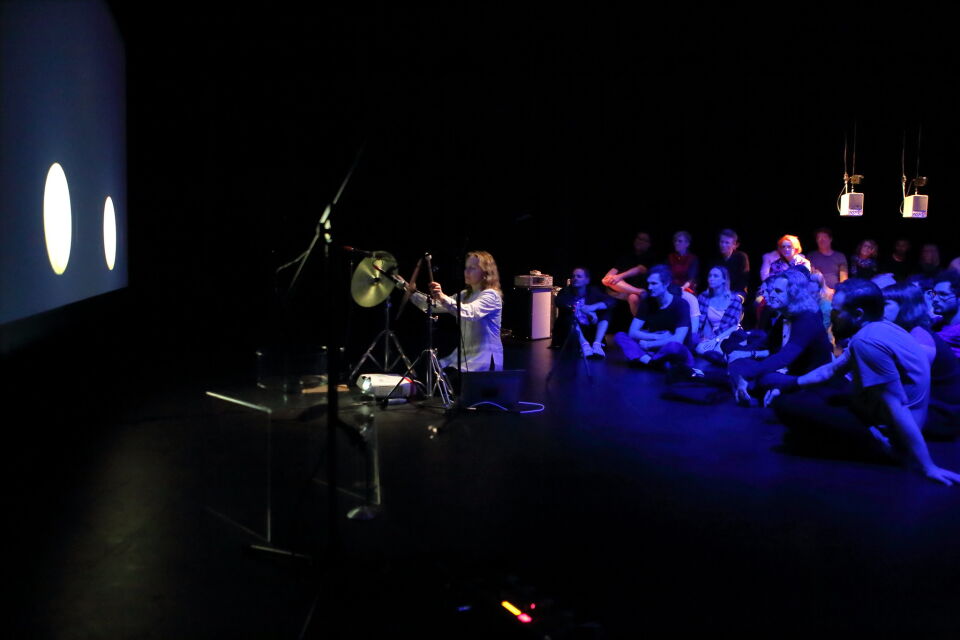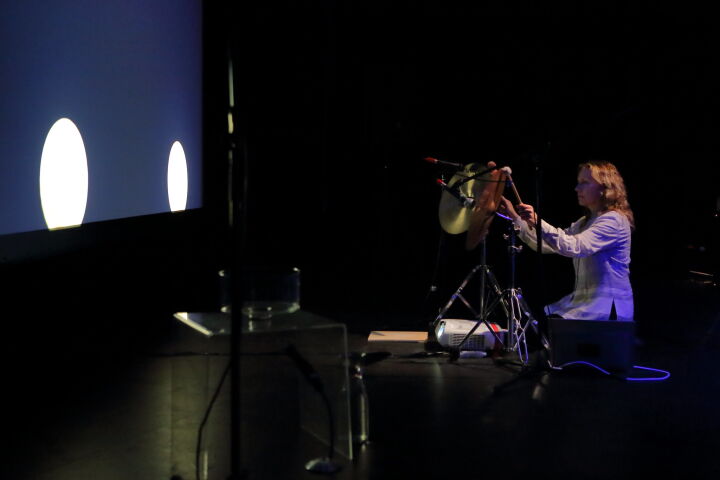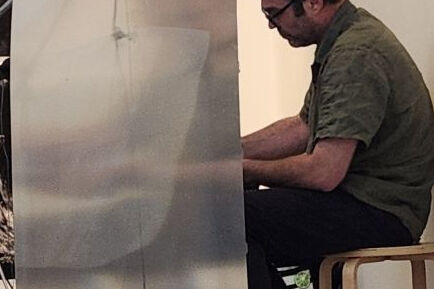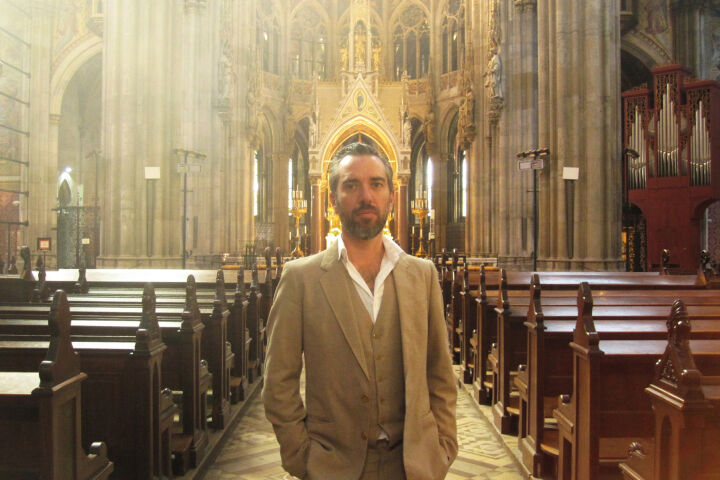SOUND PERFORMANCE: Arriving Slowly

Sandra Selig, sound performance at Institute of Modern Art, 2018. Photography by Bryan Spencer.
This event has past
16 Feb 2025

Sandra Selig, sound performance at Institute of Modern Art, 2018. Photography by Bryan Spencer.
| Dates | Sunday 16 February 2025 (This event has past) |
|---|---|
| Times | 3:00pm-4:00pm |
| Cost | FREE |
| Booking | Please book via link below. |
| Age | Recommended for ages 12 and up. Minors must be accompanied by an adult. |
Join Sandra Selig, Ross Manning and Robert Curgenven and experience a sound performance among artwork in the Arriving Slowly exhibition.
Manning and Selig’s visual practice is featured in the exhibition, and their work explores parallel ideas. Manning will perform live with custom devices, generating sonic worlds that work with the inherent quality of his simple materials. Selig’s work is rhythmic, long-form, and space and atmospheric, entering an equivalent push and pull in the line energy to that of the charcoal drawing. Curgenven’s work defines space, treating the volume of the gallery as a container of sound.
Equivalent to the abstract work in Arriving Slowly, the artists’ performances allow audiences to spend time to allow sound unroll without anticipation or judgment. The performance explores ideas of duration, simplicity, and slowness, which are strongly featured in the exhibition.


